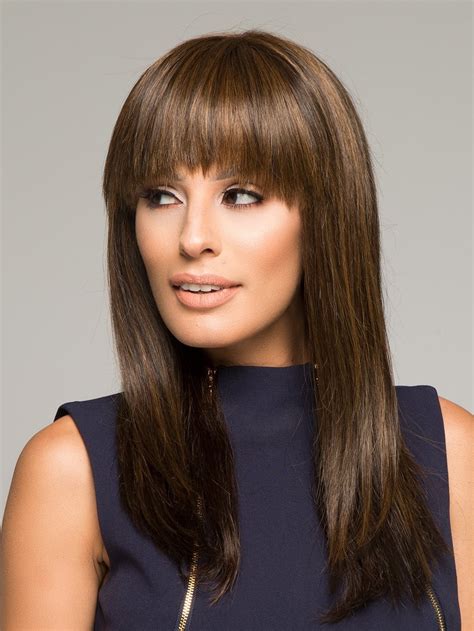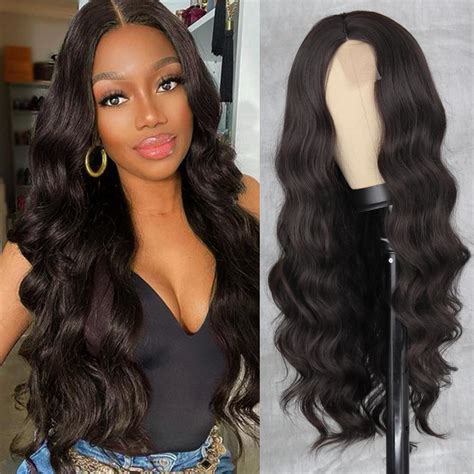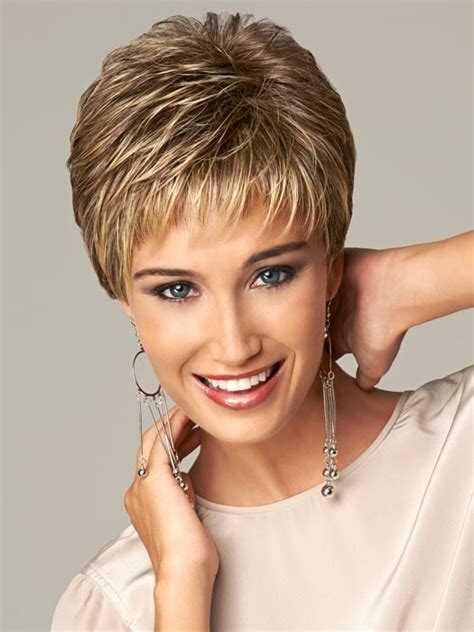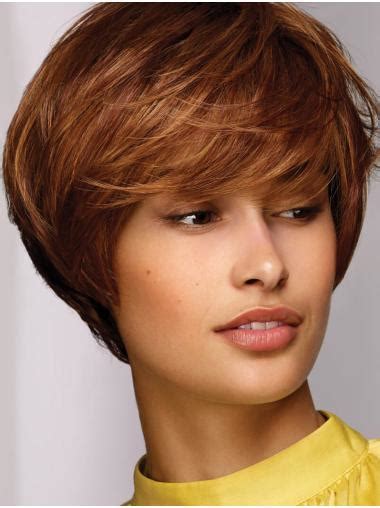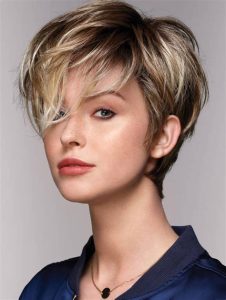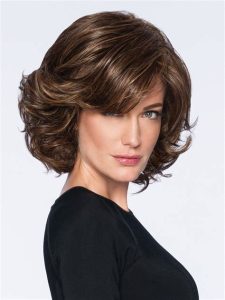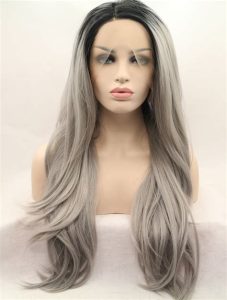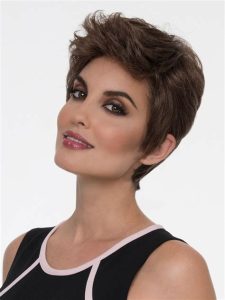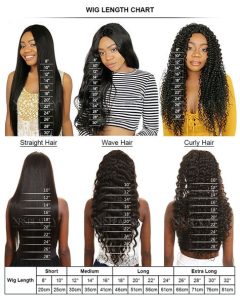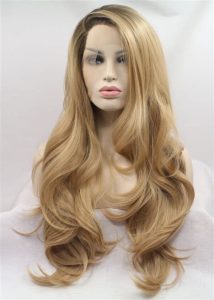Short vs Long: Which Human Hair Wigs Are Right for You in
When it comes to choosing a human hair wig, there are many factors to consider, including length, style, color, and density. But one of the most important decisions you’ll make is whether to choose a short or long wig.
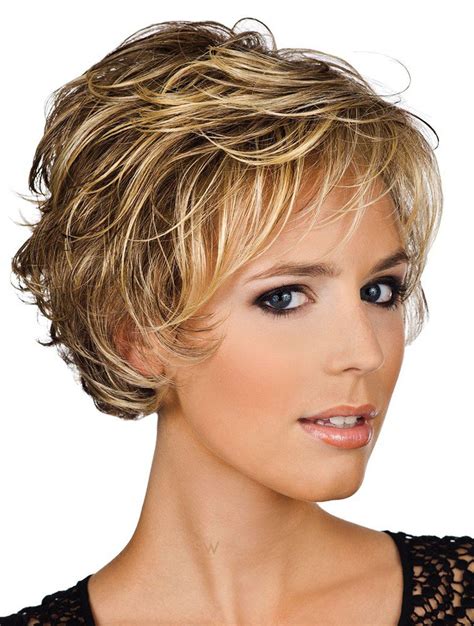
Short Wigs:
- Pros: Short wigs are often more lightweight and comfortable to wear than long wigs. They can also be easier to style and maintain.
- Cons: Short wigs may not be as versatile as long wigs, and they can be more difficult to find in a variety of styles.
Long Wigs:
- Pros: Long wigs offer more versatility in styling options. They can be worn up or down, and they can be styled in a variety of ways.
- Cons: Long wigs can be heavier and more difficult to wear than short wigs. They can also be more time-consuming to style and maintain.
Which Type of Wig Is Right for You?
Ultimately, the best way to decide which type of wig is right for you is to consider your individual needs and preferences. If you’re looking for a wig that is easy to wear and maintain, a short wig may be a good option. If you’re looking for a wig that offers more versatility in styling options, a long wig may be a better choice.
Monofilament vs Traditional Cap Construction:
Another important factor to consider when choosing a human hair wig is the cap construction. Monofilament caps are made with a thin, transparent material that creates the illusion of a natural scalp. This type of cap is often used in high-quality wigs, as it provides a more realistic look and feel. Traditional caps are made with a lace or mesh material, and they are less expensive than monofilament caps.
Remy Human Hair vs Non-Remy Human Hair:
Remy human hair is hair that has been collected in a way that keeps the cuticles intact. This type of hair is more expensive than non-remy human hair, but it is also more durable and tangle-resistant. Non-remy human hair is hair that has been collected without regard to the direction of the cuticles. This type of hair is less expensive than remy human hair, but it is also more prone to tangling and matting.
Here is a table that summarizes the key differences between short and long human hair wigs:
| Feature | Short Wigs | Long Wigs |
|---|---|---|
| Length | Less than 14 inches | 14 inches or longer |
| Weight | Lighter | Heavier |
| Comfort | More comfortable | Less comfortable |
| Style versatility | Less versatile | More versatile |
| Price | Less expensive | More expensive |
Here is a table that summarizes the key differences between monofilament and traditional cap constructions:
| Feature | Monofilament Caps | Traditional Caps |
|---|---|---|
| Material | Thin, transparent material | Lace or mesh material |
| Appearance | More realistic | Less realistic |
| Price | More expensive | Less expensive |
Here is a table that summarizes the key differences between remy human hair and non-remy human hair:
| Feature | Remy Human Hair | Non-Remy Human Hair |
|---|---|---|
| Cuticles | Intact | Not intact |
| Durability | More durable | Less durable |
| Tangle resistance | More tangle-resistant | Less tangle-resistant |
| Price | More expensive | Less expensive |
Conclusion:
Ultimately, the best way to choose the right human hair wig for you is to consider your individual needs and preferences. By understanding the different types of wigs available, you can make an informed decision that will help you achieve the look and feel you desire.
